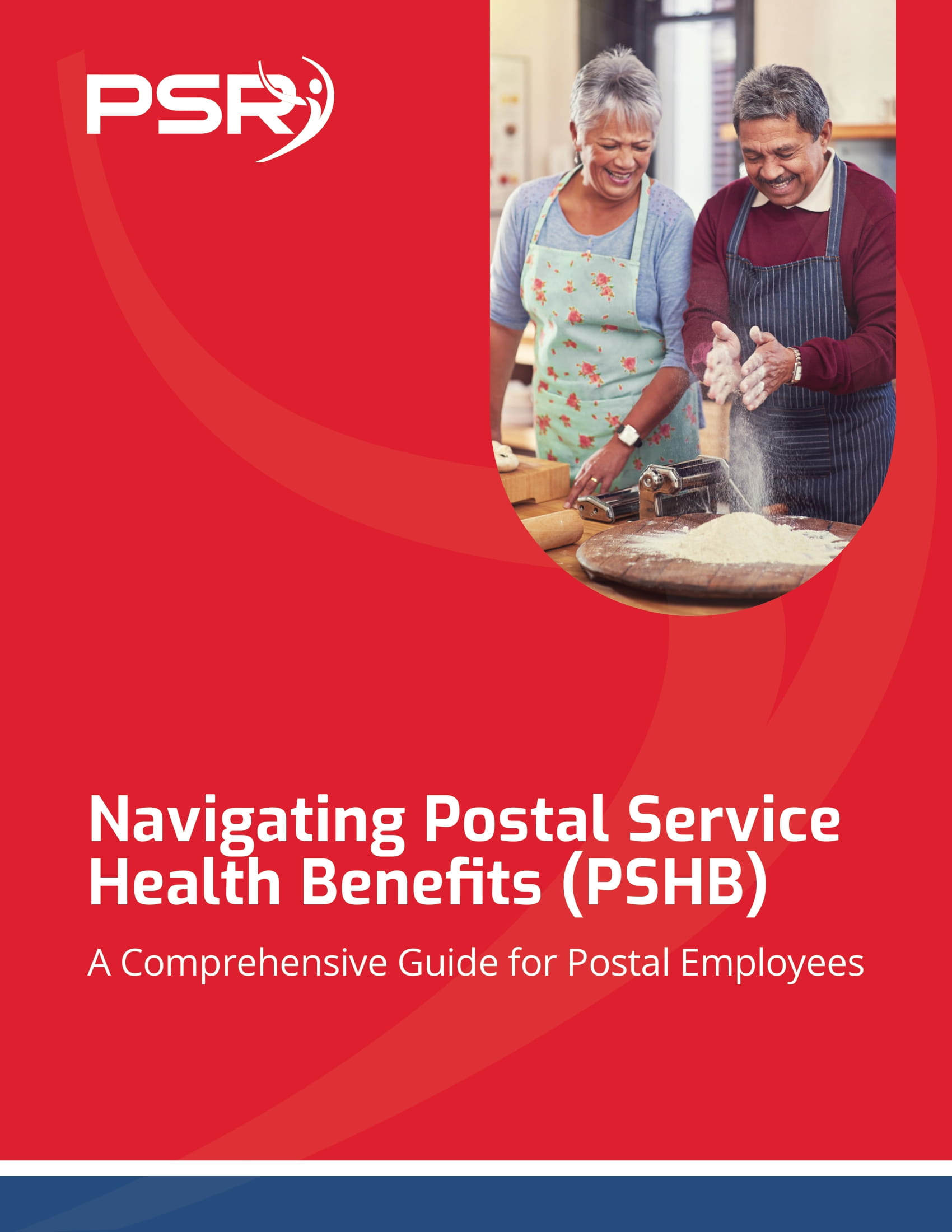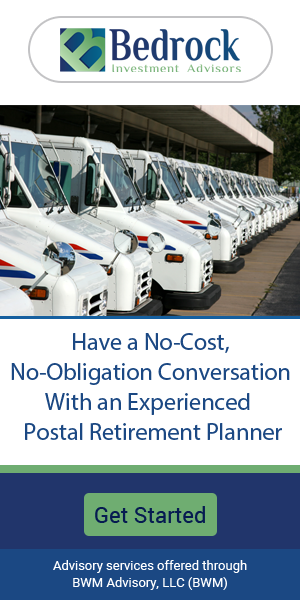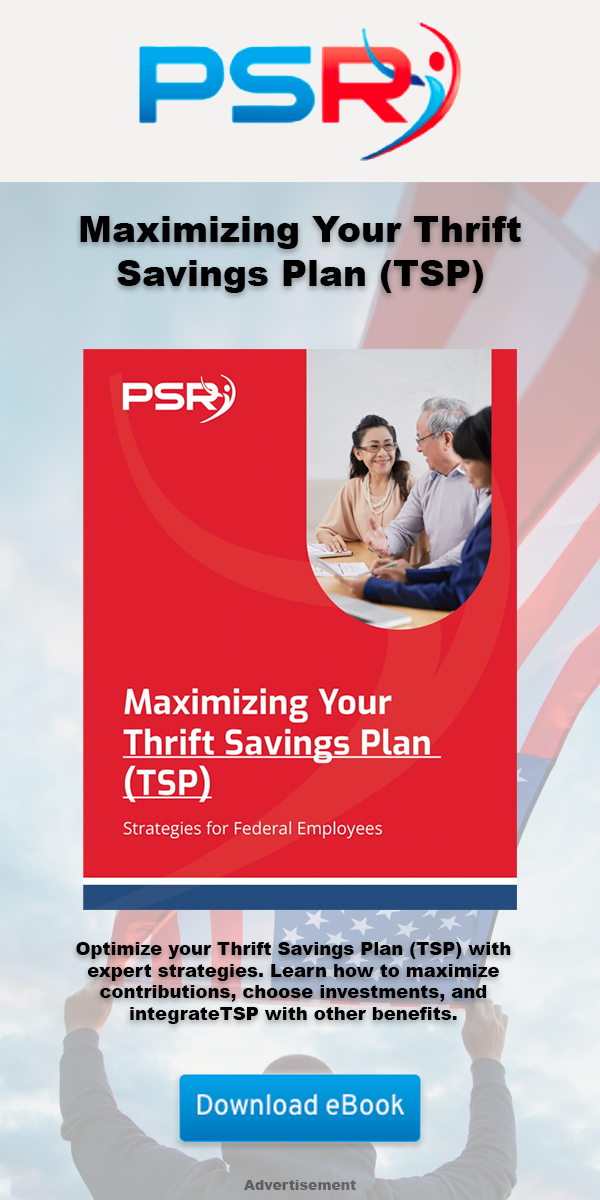Key Takeaways
-
Keeping your TSP untouched in retirement can expose you to tax inefficiencies, market volatility, and missed strategic withdrawal opportunities.
-
Taking a proactive approach to managing your TSP—through withdrawals, rollovers, or reallocation—can better align your savings with your retirement income needs.
Why You Shouldn’t Let Your TSP Sit Idle in Retirement
- Also Read: New Rules for Federal Employees in 2025: What You Need to Know to Stay Ahead
- Also Read: Seven TSP Fund Allocation Strategies Federal Employees Are Using to Strengthen Their Retirement Portfolios
- Also Read: Military Buyback for Federal Employees: Is It Really Worth It? Here’s What You Need to Weigh Up
Required Minimum Distributions Begin at Age 73
One of the biggest reasons not to ignore your TSP in retirement is the IRS requirement to start taking Required Minimum Distributions (RMDs). As of 2025, the age for RMDs is 73. Failing to take the correct amount annually can result in a penalty of up to 25% of the amount you should have withdrawn.
If you retired before reaching 73 and haven’t started withdrawals, it’s crucial to put a withdrawal plan in place now. Leaving your funds untouched not only triggers penalties but can also disrupt your tax planning and Medicare premium brackets.
Market Exposure Without Strategy
Retirees who keep their TSP allocations the same as when they were working often carry more investment risk than is necessary. If you’ve left your funds heavily weighted in the C, S, or I Funds, you might face significant volatility. In retirement, you’re likely withdrawing from these accounts, which means you could be locking in losses during market downturns.
In 2025, with inflationary pressures and interest rate changes continuing to impact markets, relying on a growth-heavy allocation without regular rebalancing can lead to unintended consequences.
What You Can Do:
-
Shift a portion of your balance into the G or F Fund to reduce volatility.
-
Rebalance annually based on your income needs and market conditions.
-
Consider professional allocation advice that aligns with your time horizon and risk tolerance.
Missed Income Planning Opportunities
Your TSP is more than just a savings account—it’s a retirement income source. Ignoring it means missing the chance to structure your withdrawals to meet your needs while minimizing taxes. Whether through monthly payments, installment withdrawals, or rollovers into other accounts, the TSP can support your broader retirement strategy—but only if you actively manage it.
Consider:
-
Coordinating TSP withdrawals with Social Security claiming strategies.
-
Using your TSP to bridge income gaps between retirement and delayed Social Security.
-
Rolling a portion into an IRA to allow for greater investment flexibility and Roth conversions.
Tax Considerations Are Often Overlooked
If your TSP contains only traditional (pre-tax) funds, every withdrawal is fully taxable as ordinary income. Large, unplanned distributions can push you into a higher tax bracket or increase your Medicare premiums due to Income-Related Monthly Adjustment Amounts (IRMAA).
In 2025, tax-efficient withdrawal planning is especially important given current tax rates and healthcare costs. Leaving your TSP alone might seem like the safe route, but it can lead to a spike in taxes later, especially after age 73.
Tax Strategies May Include:
-
Taking smaller distributions before RMDs begin to reduce future tax bills.
-
Rolling over a portion to a Roth IRA (if eligible) during lower-income years.
-
Spreading withdrawals to avoid hitting IRMAA thresholds and triggering higher Part B premiums.
Your Estate Plan Could Be Outdated
Another overlooked aspect of leaving your TSP untouched is estate planning. If your beneficiaries are not updated or if your plan does not account for new SECURE Act rules, your heirs may face unexpected tax burdens.
Under the current rules, most non-spouse beneficiaries must empty inherited retirement accounts within 10 years. That could lead to significant taxation if your TSP remains large and untouched.
Update and Align Your Plan:
-
Review beneficiary designations in your TSP account.
-
Coordinate with your estate planner to integrate TSP distributions into your legacy strategy.
-
Consider converting portions to Roth accounts to reduce taxable inheritance.
Ignoring Inflation Means Losing Purchasing Power
Even if you think your TSP balance is large enough to last, inflation continues to erode its value every year you don’t use it strategically. In 2025, with healthcare and housing costs still rising, the purchasing power of your TSP can decline if your investments don’t at least match inflation.
Combat Inflation by:
-
Allocating a portion of your TSP to growth-oriented funds while still managing risk.
-
Taking withdrawals that adjust with inflation.
-
Exploring income annuity options within or outside of your TSP to lock in purchasing power.
You Might Miss Out on Roth Conversions
If your goal is to reduce taxes long-term and leave a tax-free inheritance, Roth conversions can be a powerful tool. But once RMDs begin, you lose the flexibility to convert those required amounts. Taking action before age 73 opens the door to tax diversification.
Roth Conversion Timing Tips:
-
Ideal during years with lower taxable income.
-
Consider converting portions gradually over multiple years.
-
Evaluate Medicare IRMAA brackets before converting.
Automation Isn’t Always Optimized for Retirement
While the TSP offers options like automatic installment payments and rebalancing, these tools may not align with your retirement goals unless regularly reviewed. A “set it and forget it” mindset can backfire when real-life expenses, tax rules, or market performance shift.
Improve Automation with:
-
Annual reviews of withdrawal amounts.
-
Manual adjustments during major life events (healthcare costs, spouse retirement, etc.).
-
Coordination with other retirement accounts or income streams.
When to Consider a Rollover
Rolling over all or part of your TSP to an IRA can offer more investment choices and withdrawal flexibility. However, this decision shouldn’t be taken lightly. TSP offers some of the lowest fees in the industry and strong protections. A rollover makes more sense if your goals require:
-
Greater control over asset allocation.
-
More flexible withdrawal options.
-
Roth conversion opportunities.
-
Coordinating with a spouse’s retirement accounts.
Always speak to a licensed professional listed on this website before initiating a rollover to ensure it fits your overall retirement strategy.
How to Re-Evaluate Your TSP in 2025
Now that you’re in retirement—or nearing it—your relationship with your TSP needs to evolve. This means more than just logging in once a year to check your balance. A proper re-evaluation includes:
-
Determining how much income you need from your TSP annually.
-
Reviewing current and future tax brackets.
-
Coordinating TSP with other income sources like pensions, Social Security, and IRAs.
-
Rebalancing your investments with a retirement lens—not an accumulation one.
You’ve worked hard to build your TSP. Now it’s time to make sure it works for you.
Make Your TSP Work for You—Don’t Leave It on Autopilot
The TSP served you well during your government career. But now that you’re in retirement, it shouldn’t be left running on the same settings. Your needs have changed. Your income patterns, your tax picture, your estate goals—all of it deserves fresh attention.
Take the time to assess your current situation, anticipate future needs, and act with intent. A strategic approach to your TSP can help reduce taxes, create more stable income, and preserve your wealth for yourself and your heirs.
If you’re uncertain about how to make the best use of your TSP now that you’re retired, get in touch with a licensed professional listed on this website. You don’t have to navigate this alone.












